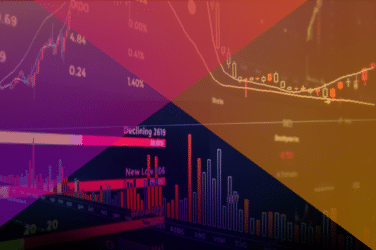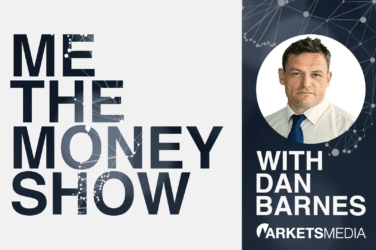Sean Debotte, chief executive officer of Canada’s Omega Securities, operator of the Omega and Lynx ATS, has set his sights high — looking to grow his market share to 10% within 18 months. Debotte sat down with Traders Magazine recently to explain just how his two venues will achieve this.
Omega and Lynx operate where Nasdaq Canada and the behemoth TMX Group’s multiple exchanges garner the lion’s share of press. But that’s the way Debotte likes it – moving stealthily like the animal his newer ATS Lynx, formed in 2014, is named after. Debotte told Traders that his two marketplaces, Omega (with its inverted taker-maker pricing scheme) and Lynx (with a unique Pay as You Go scheme) have now achieved between 5.5% and 6% of total continuous Canadian trading volume and are embarking on a new technology initiative to keep the trades moving.

Sean Debotte, Omega ATS
For comparison, Nasdaq’s CX2 which trades 3.5% of the total Canadian market. TMX Alpha trades 4.5%, while Neo and CSE control between 1% and 2%. TSX and Venture, Canada’s largest exchanges see roughly 55% to 60% of all trading activity.
“We’ve completely redesigned our technology from the ground up, with an entirely new system and network architecture, including optimized software, connectivity and matching facility,” Debotte began. “Our goal is to focus on three key areas for our customers – reliability, robustness, thru-put capacity, and redundancy.”
So how does he plan to do it?
As Debotte tells it, the decision was made back in winter 2016 to upgrade Omega and Lynx technology and co-locate at the newest Toronto co-location facility, Equinix’s TR2. This is the same facility where two of Nasdaq’s three marketplaces are located as well as the CSE. Equinix customers have direct access to Torix (Toronto Internet Exchange) and can interconnect directly to customers and partners in their digital supply chain. The Equinix metro Toronto International Business Exchange data centers consist of two buildings with approximately 142,000 square feet (13,000+ square meters) of colocation space.
By moving to TR2, Debotte can not only keep his trading speed fast but also maintain low data costs. Omega currently charges C$2.85 for its market data, compared to C$15 for Aequitas and C$40 that Nasdaq Canada charges.
“Omega ATS and Lynx ATS will be able to provide the Canadian marketplace with fast, price/broker/time priority trading platform where customers will be able to trade at or better than the CBBO (Canadian Best Bid and Offer) at competitive commission rates,” Debotte said. “And that is just the beginning.”
And now that Omega and Lynx facilitate over 5% of continuous daily trading volume, Debotte is overseeing the build out of a new “hot-swap” or redundant backup facility for TR2 at Equinix’s TR1 hub. In comparison, Nasdaq Canada’s swap hotspot is located in Chicago, Illinois, United States. However, Nasdaq has announced plans to move too – as its CXD and CX2 marketplaces have migrated to Equinix TR2 and they plan to move their primary trading book, CXC, to the new facility before the end of the year.
Also, the Canadian Securities Exchange (CSE) selected Equinix as its primary data center provider and the marketplace will be offering its new matching engine, data feed services, risk management, compliance, smart router and order protection services at TR2, as well as upgrading its infrastructure at Equinix’s existing TR1 facility.
Canadian regulators mandate that any trading venue with 5% or more in flow for any given asset class must maintain a redundant back-up facility that can be swapped out or switched on immediately upon disruption at its primary data center.
All in all, it looks like Debotte and his ATS’ are ahead of the proverbial trading curve. And that is good as recent data from Weeden & Co. note that exchanges or ATS that employ an inverted pricing scheme, like Omega, are seeing their trading volumes increase. Nasdaq BX, Bats BYX and Bats EDGA, which also employ an inverted price model, hit an all-time high as a percentage of total exchange volume moving to 16% from just 1% in 2008.
However, Weeden added that growth in the usage of inverted price markets is different in Canada than in the U.S. While inverted market users are looking to narrow the spread, Canadian brokers can execute more cheaply on the inverted markets on active trades on immediately marketable retail market orders.
Trading in Canada must be done on a public exchange – there are no wholesalers like in the US that execute retail market order and brokers cannot internalize order flow.
“For these reasons, brokers can save money on active trades as immediately marketable retail orders coming off automated trading systems will seek to get done at cheaper levels. Although you’ll have to pay for liquidity, you’re getting access to that retail order flow,” Weeden analysts wrote at the time.
Bearing all this, Debotte said his strategy is sound and goals doable. “We really see this as a transformative time for us and I don’t think our growth targets are unrealistic,” Debotte said. “They are very achievable.”





